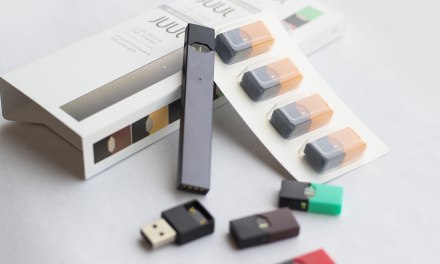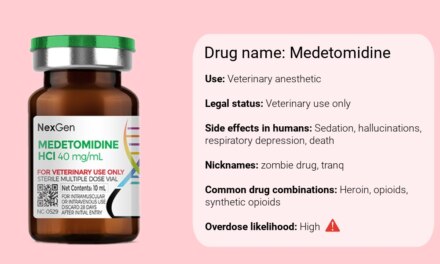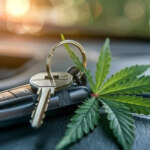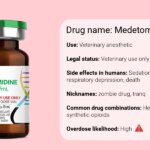Medscape recently offered us a look at the fast-rising problem of older adults who overdose on prescribed opioids, and efforts to minimize damage done. Quoting from the article:
“Polypharmacy and slow metabolism of drugs create a high risk among older adults…”
That makes sense. The older we get, the more likely we are to experience multiple problems and conditions that require multiple medications, including opioids, that can interact to create increased risk for the patient. However, the article notes that “…less than half of older adults with opioid use disorder (OUD) receive care for the condition.”
Now that does sound like a recipe for trouble: A combination of a vulnerable elderly patient and an active, untreated substance use disorder? Increased chance of overdose (including the fatal sort) being only one risk of several that come to mind.
I’d assume that a principal reason for the lack of OUD treatment would be the potent stigma that still surrounds prescription painkiller addiction. It’s one thing for a physician to make the diagnosis, quite another to get the patient to accept treatment for it.
It’s the same issue we used to encounter (perhaps still do) with some older women who had alcohol problems. They’d do almost anything to avoid the label, and naturally, its treatment.
“My chart better not mention drinking,” I overheard one patient threaten her physician. “I’ll sue you if it does. Not one word.” She had the resources to make good on the threat, and both she and the doc knew it. I suspect he acquiesced.
When a patient is likely to be that defensive, it’s tempting for a physician to avoid the issue altogether. Or maybe choose a path of less resistance, such as a mild suggestion along the lines of “well, let’s see if we can cut down a little on your pain pills, shall we? Be a bit more cautious.”
It’s good advice, but if the patient has even a moderate opioid use disorder, likely to be disregarded.
There’s a related problem: In some instances involving the elderly, the practitioner thinks treatment isn’t worth the effort. “I don’t see the point, especially when she may not have that much time left anyway,” I was once told. “What good are we doing? Better to leave it alone, let nature take its course.” That’s a near-verbatim quote, by the way.
The Medscape article goes on to look at some of the more innovative measures that healthcare professionals and institutions have come up with to better manage such cases. Some examples: Routine assessment for OUD for patients using opioids; increased number of physician contacts, including via telehealth; use of monitoring techniques, such as drug testing; and support for alternative methods to relieve chronic pain.
The approach seems mostly oriented towards harm reduction, due to concern over the persistence of pain and discomfort, and what that means in terms of continued dependence on opioids. Because the source of opioids for a senior is usually a medical practitioner, there is an advantage in terms of controlling the supply (always helpful). Given the prevalence of ‘doctor-shopping’, however, and the increased availability of drugs over the internet — many containing fentanyl — that advantage could decline over time.
A last note: I didn’t see much about efforts to engage the patient in formal treatment for OUD, either residential or outpatient. Maybe that just doesn’t fit well into the current model of brief physician visits and reduced contacts.
Not that the current model is very effective, as you can read here.













